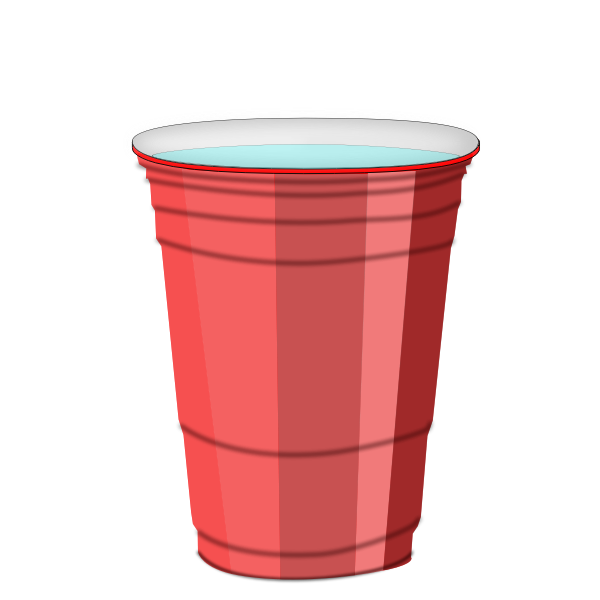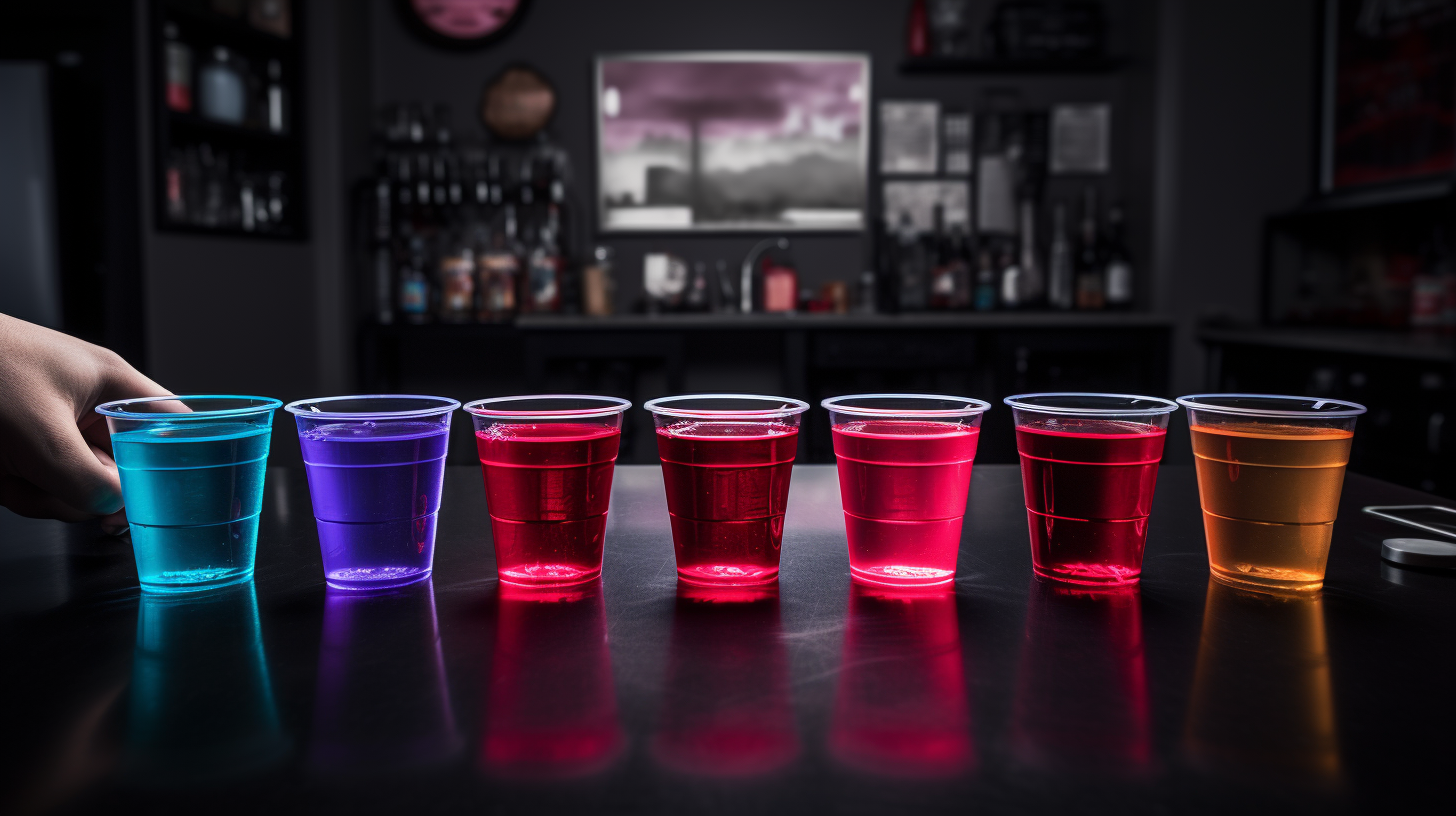Introduction
Flip cup is one of the most popular and enjoyable drinking games among college students and party-goers alike. It’s a fast-paced competition that combines skill, teamwork, and a whole lot of fun. If you’ve ever played flip cup before, you know that keeping score can sometimes be a challenge, especially when the drinks start flowing. In this article, we’ll delve into the ins and outs of keeping score in flip cup, providing you with all the necessary information to ensure a fair and competitive game. So grab a drink, gather your friends, and let’s flip our way to victory!
The Basics of Flip Cup
Before diving into the intricacies of keeping score, let’s first review the basic rules of flip cup. Flip cup is typically played in teams and requires a long table, plastic cups, and a bit of coordination. Here’s a step-by-step breakdown of a typical flip cup game:
- Divide players into two teams, with an equal number of participants on each side of the table.
- Each player fills their cup with a predetermined amount of beverage.
- Players stand on opposite sides of the table, with their cups placed at the edge.
- When the game starts, the first player from each team drinks the contents of their cup and then proceeds to flip it by flicking the rim with their finger.
- If successful, the player can move on to the next cup and repeat the process, passing the cup to the next teammate.
- The game continues until all players on one team have successfully flipped their cups.
- The team that finishes first wins the round, and additional rounds can be played to determine the overall winner.
Now that we have a clear understanding of how the game is played, let’s move on to the main focus of this article: keeping score in flip cup.
Scoring Method 1: Time-Based
One common method of keeping score in flip cup is based on the time it takes for each team to complete the game. This method is straightforward and easy to implement, making it a popular choice for casual games. Here’s how it works:
- Assign a timekeeper who will be responsible for tracking the time it takes for each team to finish.
- When the game starts, the timekeeper begins the stopwatch.
- As soon as the final cup is successfully flipped, the timekeeper stops the stopwatch and records the time for that team.
- Repeat the process for subsequent rounds, and the team with the fastest time wins the game.
This scoring method emphasizes speed and can add an exciting element to the game. However, it has some limitations. Since it only considers the time taken to complete the game, it may not accurately reflect the skill and performance of individual players during the process.
Scoring Method 2: Elimination
Another popular scoring method in flip cup is the elimination-based system. This method involves awarding points to the team that successfully flips their cups while eliminating teams that fail. Here’s how it works:
- Divide players into teams and designate a referee or scorekeeper.
- Teams line up on opposite sides of the table, each with their cups placed at the edge.
- On the referee’s signal, the first player from each team drinks and flips their cup.
- If a player successfully flips their cup, they move on to the next cup and pass the cup to their next teammate.
- If a player fails to flip their cup, their team is eliminated from the round.
- The last team remaining in each round earns a point, and additional rounds can be played to determine the overall winner.
This scoring method adds a competitive edge to the game as teams are gradually eliminated. It also allows for individual player performance to be rewarded. However, it may lead to shorter games if teams are eliminated early on, so it’s important to consider this when deciding on the number of rounds to play.
Additional Considerations
While the two methods mentioned above are widely used for keeping score in flip cup, there are a few additional considerations to keep in mind:
- Consistency: Ensure that the rules and scoring method are clear to all players before starting the game to prevent any misunderstandings or disputes.
- Re-racks: Depending on the number of cups used, teams may be allowed to request a “re-rack” if they feel the cups are too spread out or difficult to flip. Decide on the conditions for re-racks in advance to avoid confusion during the game.
- Penalties: Consider implementing penalties for violations such as touching cups prematurely or flicking cups with excessive force. These penalties can be deducted points or a loss of turn, depending on the severity.
- Tournament Format: If you’re hosting a flip cup tournament with multiple teams, you can adopt a bracket-style setup where teams compete head-to-head. This format adds excitement and allows for a clear winner to emerge from the competition.
Remember, flip cup is all about having fun and creating lasting memories with your friends. While keeping score adds a competitive element, always prioritize safety, responsible drinking, and good sportsmanship. Cheers to a great game!


Leave a Reply